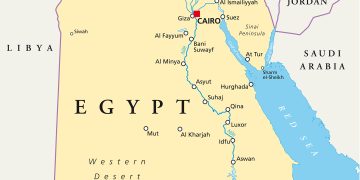New technology for the fast mooring of ships deployed by the Port of Helsinki is estimated to reduce carbon dioxide and NOx emissions equivalent to taking some 5,000 diesel cars off the streets.
Calculations using a new port efficiency tool developed by DNV GL Maritime Advisory indicate that the Port of Helsinki’s use of an automated mooring system reduces vessel fuel consumption by up to 2,800 tonnes every year.
The system also reduces NOx emissions by up to 70 tonnes a year, of which 16 tonnes at the berth, which is located in the city centre. This is equivalent to taking some 5,000 diesel cars off the streets of Helsinki.
The Port of Helsinki is committed to reducing the carbon footprint of harbour operations through its Carbon Neutral programme. Auto-mooring systems at the busiest berths play a vital part in the successful reduction of vessels’ carbon emissions. As our passenger terminal is centrally located, nearby residential areas, reducing the impact of harbour operations is of the utmost importance to us
states Antti Pulkkinen – Harbour Master, Passenger Services, Port of Helsinki – when the port placed a repeat order for MoorMaster.
This system replaces conventional mooring lines with remotely operated vacuum pads that moor vessels quick. Rapid mooring and release let the vessel shut down its engines faster in port, reducing harmful emissions. Every minute saved in port also increases the amount of time that ships can spend at sea, making it possible for ships to cruise at lower speeds, which saves fuel and further reduces emissions.
The system has also been in use at a Ro/Pax berth in the Port of Helsinki since 2016, and another system will be installed in 2021. From 2021, the connecting berths in Tallinn will also be equipped with the same system, enabling vessels to sail between the ports without needing to use mooring lines at either end of the route. Together, the four systems multiply the environmental benefits saving up to 8,100 tonnes of fuel each year.
The tool also estimates the potential fuel savings and emission reductions from adopting vacuum mooring in Ro/Pax terminals. The user enters values for parameters such as ship type and size, fuel price, and engine size. Operational data is also entered for mooring and release times, docking frequency, speed, distance, sailing times, etc.






























































